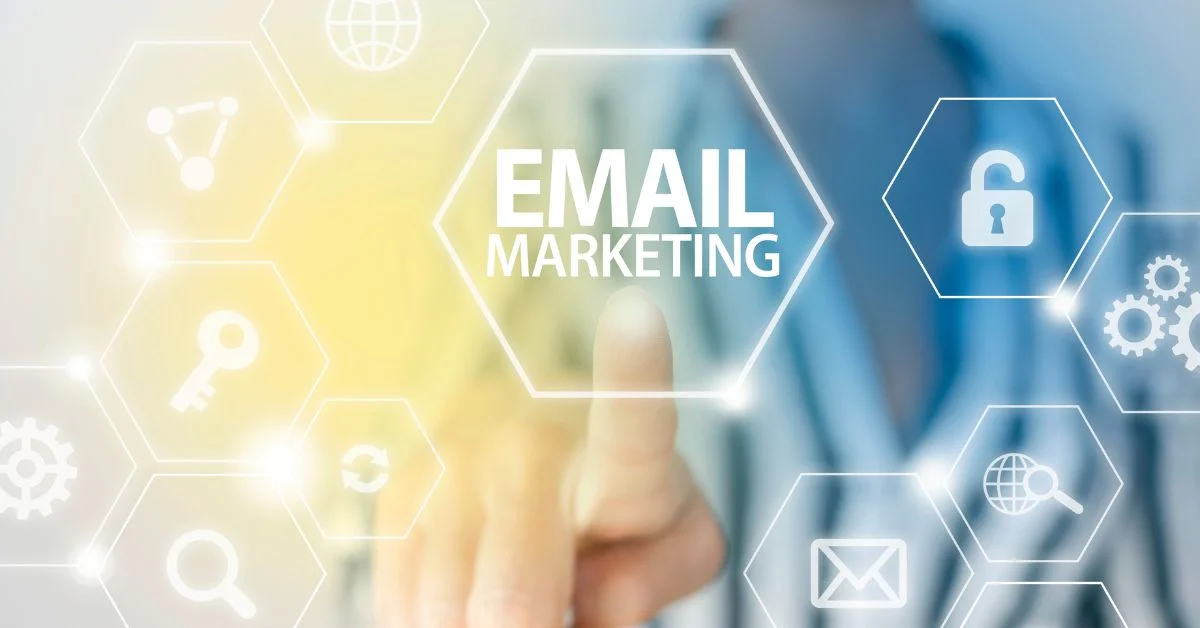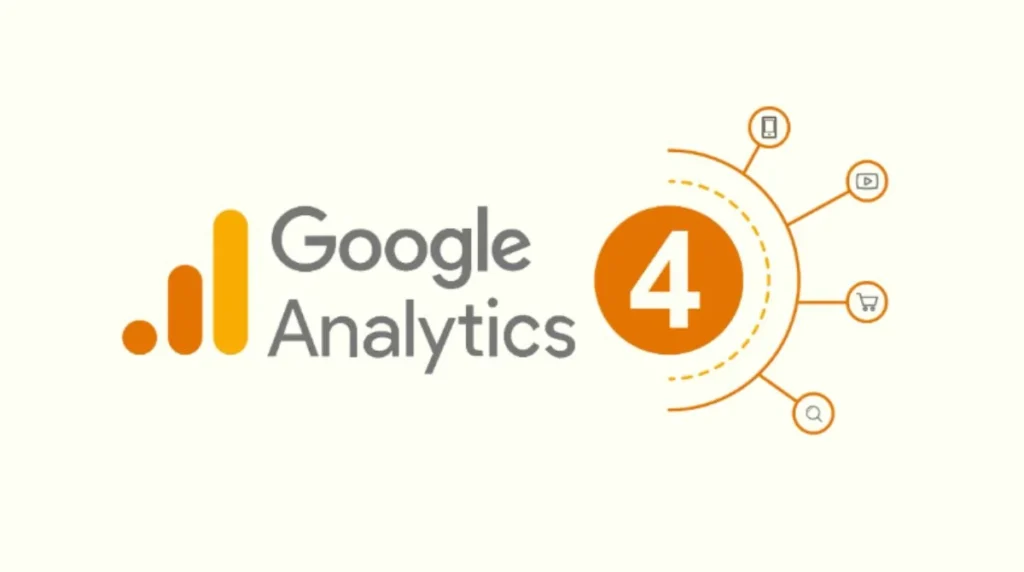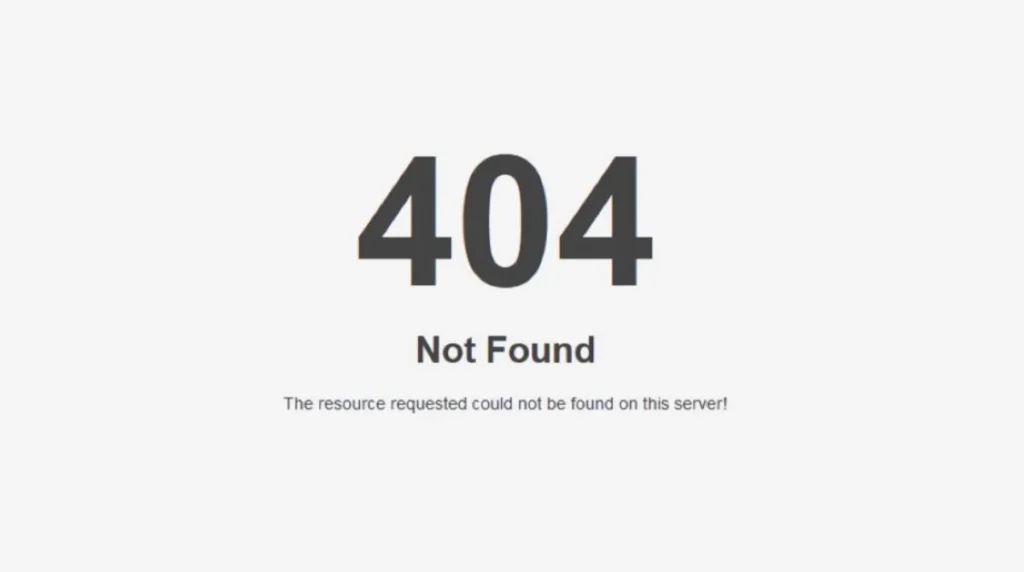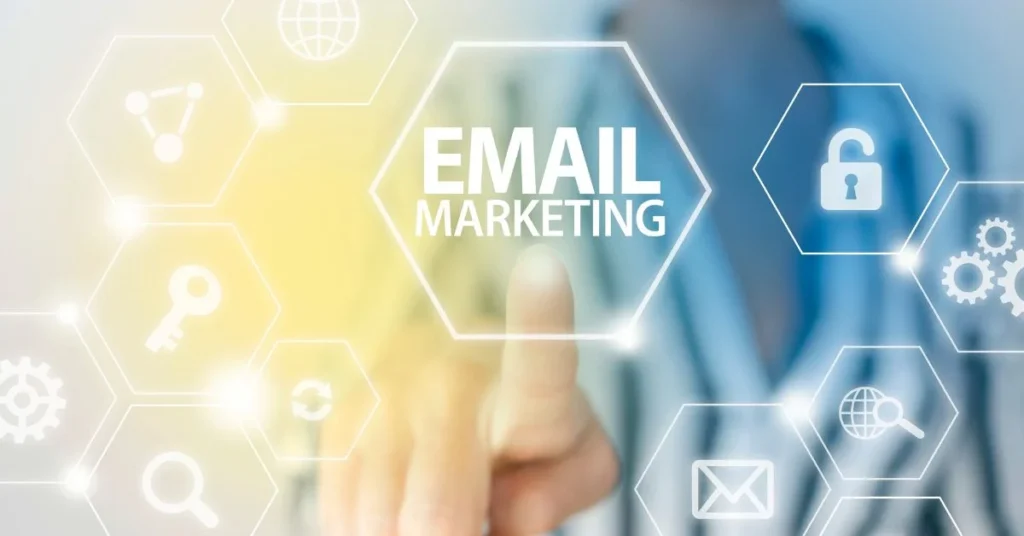A Deep Understanding of the Audience

At the heart of successful email marketing is knowing your audience. A good strategist takes time to understand who their subscribers are, what they need, what they like, and what problems they are facing. This helps create emails that feel personal and helpful rather than spammy. A great email doesn’t speak to people; it speaks with them.
Understanding the audience means analyzing customer data, studying purchase history, tracking clicks and opens, and creating detailed buyer personas. All these insights allow a strategist to write emails that hit the mark and encourage action.
Clear Communication and Writing Skills

Every email is a conversation, and strong writing plays a big role in making that conversation meaningful. A successful email marketing strategist knows how to write in a simple, clear, and friendly tone. The goal is to keep things easy to read and understand, even for someone quickly checking their inbox on the go.
Great writing also means knowing how to write:
- Catchy subject lines that grab attention
- Short and engaging copy that highlights value
- Clear calls-to-action (CTAs) that tell the reader what to do next
Without strong writing, even the most well-planned email can fall flat. The strategist should also know how to match the tone of voice to the brand whether it’s professional, fun, helpful, or bold.
Smart Use of Email Tools and Platforms
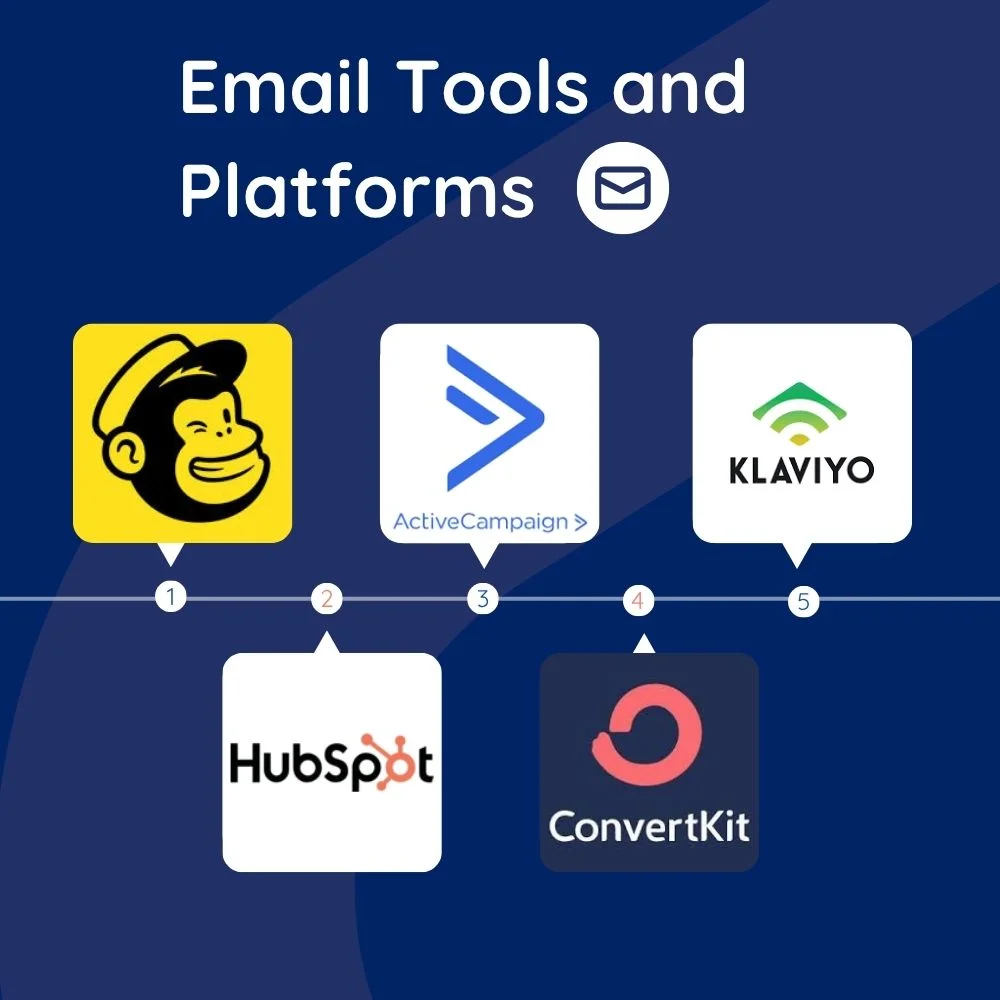
Email marketing isn’t just about writing and sending emails. There are many tools like Mailchimp, HubSpot, ActiveCampaign, ConvertKit, and Klaviyo that help marketers design, automate, and track email campaigns. A successful strategist knows how to use these tools efficiently.
They understand how to:
- Set up automation flows (like welcome emails, cart abandonment emails, and birthday offers)
- Segment the email list based on user actions or interests
- Analyze reports to see what’s working and what’s not
Mastery of these platforms helps make email marketing smoother and more effective. Automation, in particular, allows marketers to reach the right people at the right time without sending every email manually.
Strong Focus on Data and Analytics
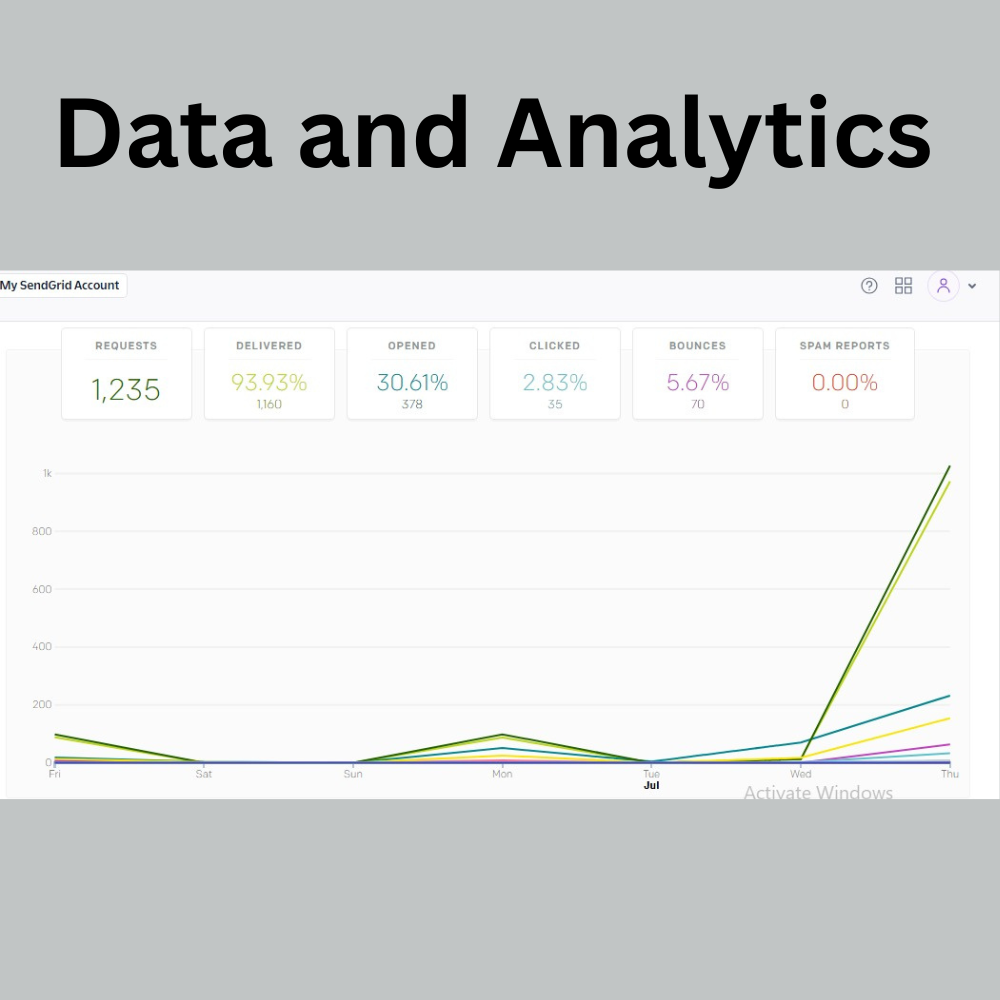
Email marketing isn’t guesswork. It’s about testing, measuring, and improving. That’s why data is a major part of a strategist’s job. A good strategist regularly looks at email metrics like:
- Open rates
- Click-through rates
- Bounce rates
- Unsubscribe rates
- Conversion rates
They use this data to learn what’s working and where to improve. For example, if the open rate is low, they may test new subject lines. If people aren’t clicking the CTA, they might try changing the button text or placement.
Data-driven decisions lead to better results over time. And the best strategists never stop learning from their numbers.
Strong Planning and Campaign Strategy

Every successful email campaign starts with a strong plan. An experienced strategist doesn’t just send emails randomly they plan around business goals, seasonal events, product launches, and customer behavior.
A smart strategy includes:
- A content calendar that maps out when and what to send
- A clear purpose for each email (inform, promote, educate, etc.)
- A funnel approach that guides the subscriber step by step
The strategist also ensures emails are aligned with other marketing efforts like social media, paid ads, or blog content. This consistency helps build trust and strengthens the brand’s message.
List Building and List Management
A successful email strategist knows that a clean and healthy list is more valuable than a big one. They focus on building a high-quality email list full of people who genuinely want to hear from the brand.
They use tactics like:
- Adding signup forms to websites and landing pages
- Offering lead magnets (e.g., free guides, discounts, or tools)
- Running ads to drive email signups
But the work doesn’t stop after collecting emails. The strategist also keeps the list updated by removing inactive subscribers and cleaning bounced addresses. This helps improve deliverability and ensures emails land in the inbox instead of the spam folder.
Personalization and Segmentation
People don’t want to receive the same email as everyone else. They want emails that feel like they were written just for them. Personalization goes beyond using the subscriber’s name. It includes sending emails based on past actions, interests, and preferences.
A good strategist uses segmentation to group the audience into smaller lists based on:
- Buying behavior
- Location
- Age or gender
- Interests or preferences
- Engagement level
This way, the right message reaches the right person at the right time, which increases engagement and conversions.
Creativity and Design Sense
Emails should not only read well they should look good too. A successful strategist has a good sense of design and understands how to use visuals to support the message. They know how to:
- Use white space effectively
- Choose brand colors and fonts
- Add images or GIFs to enhance the email
- Keep the design mobile-friendly
Since many people check emails on phones, responsive design is a must. A broken or messy layout can turn readers away instantly. That’s why design skills, even basic ones, are a big plus.
Compliance and Best Practices
A professional strategist always follows email marketing rules. They ensure that every email includes an unsubscribe link, the sender’s physical address, and is only sent to people who gave permission. This helps the brand stay compliant with laws like GDPR and CAN-SPAM.
They also follow best practices such as:
- Avoiding spammy words in subject lines
- Keeping emails short and scannable
- Testing emails before sending to avoid broken links or images
Trust is hard to earn and easy to lose, so staying ethical is key to long-term success.
Continuous Learning and Adaptation
Digital marketing trends change fast. What worked a year ago might not work today. That’s why the best email marketing strategists stay updated with the latest industry trends, technologies, and consumer behaviors.
They read blogs, attend webinars, follow experts, test new strategies, and aren’t afraid to fail. They’re always learning whether it’s about new email formats, AI-based personalization, or interactive content.
This growth mindset helps them stay ahead of the competition and bring fresh ideas to the table.
Collaboration with Other Teams
Email doesn’t work in isolation. A successful strategist collaborates closely with:
- Content writers
- Graphic designers
- Product managers
- Sales teams
- Social media marketers
By working together, they ensure that the email content fits into the bigger picture. For example, if a product is being launched, emails can support the sales funnel while also echoing the messaging seen on the website or social platforms. Team collaboration brings consistency and stronger results.
Crisis Management and Problem Solving
Sometimes emails don’t perform as expected, or technical issues arise (like broken links, missed deadlines, or poor deliverability). A skilled strategist knows how to troubleshoot problems, learn from them, and quickly adjust the strategy.
They don’t panic instead, they rely on data and their experience to guide the solution. This adaptability is a key trait in maintaining campaign success under pressure.
Need Help with Email Marketing?
Creating effective email campaigns takes time, strategy, and expertise. If you’re looking to grow your brand through email but need support, partnering with a reliable team can help. Rhinoclicks, a results-driven digital marketing agency, offers tailored email solutions to help you connect with your audience and boost conversions efficiently and professionally.
Final Thoughts
Being a successful digital marketing strategist especially in email marketing isn’t about sending more emails. It’s about understanding your audience, crafting messages that connect, and using data to drive smart decisions.
Whether you’re a business owner or part of a marketing team, a skilled strategist helps turn emails into real results building stronger relationships, boosting conversions, and growing your brand through the inbox.

